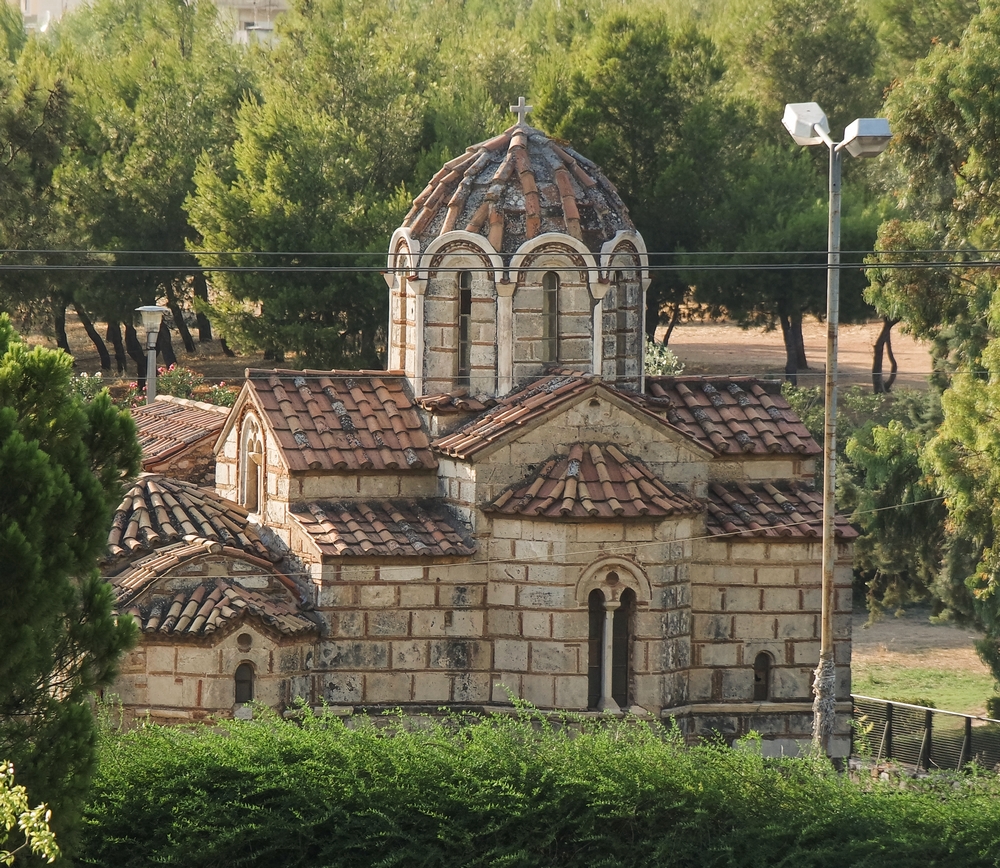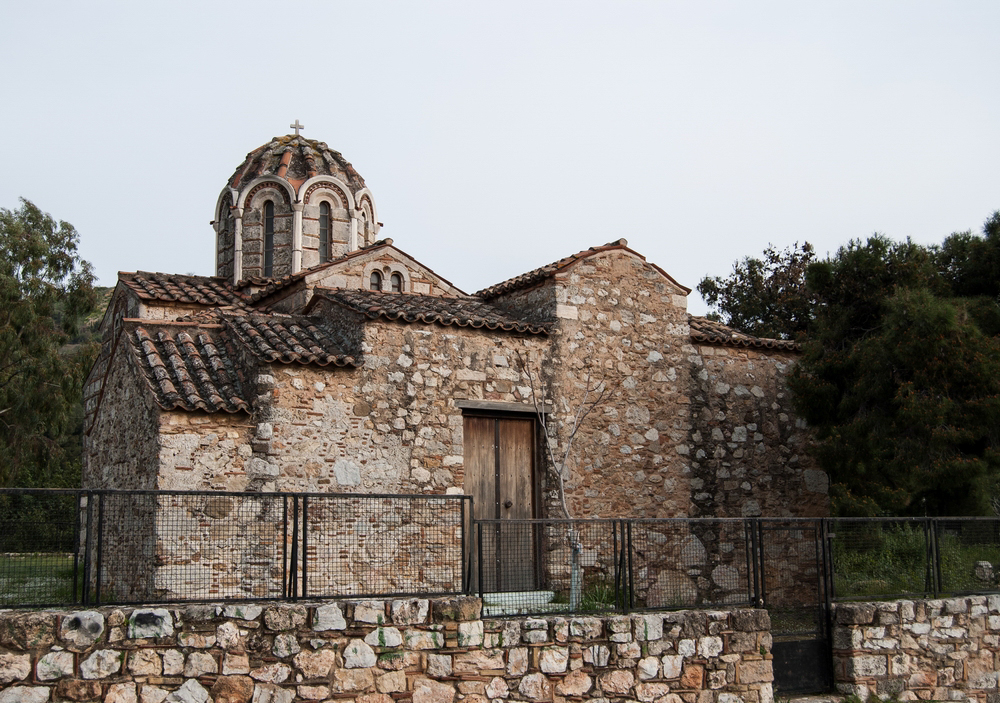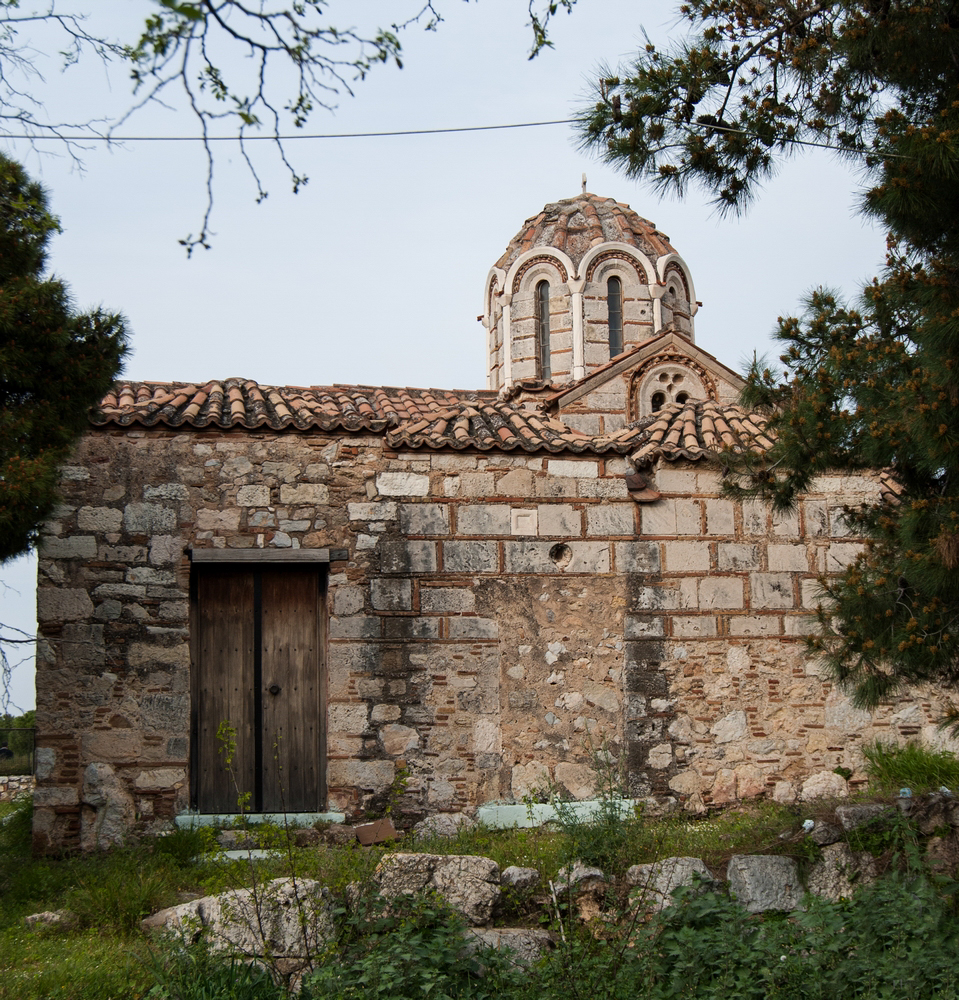Omorfokklisia
Omorfokklisia is a double-pillar cruciform church of St. George, to which a narthex was later added and connected with the bell tower.
Location
Timeline
Modern and Contemporary era (1821 - )
1950 Fixation works had been done during that decade.
1989 Fixation works were done again.
Ottoman era (1453- 1821)
Byzantine era (331 AC- 1453)
The church is of the 12th century.





Share